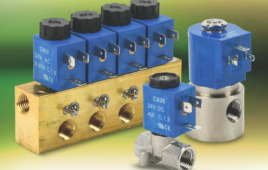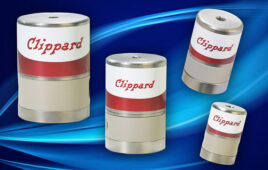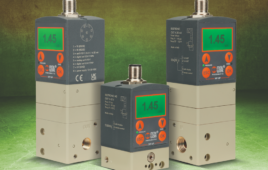
Spartan’s stepper valve technology was a perfect fit for fire trucks.
When a fire emergency occurs, first responders know all too well that every moment is critical. When fire crews first arrive they assess their situation. Depending on the type of fire, they’ll begin to tediously mix a foam solution. A nationally known OEM of firefighting equipment and transportation had been using an older foam suppressant design that required three separate input valves while relying on a crew member
to manually manage its output. They turned to Spartan Scientific for a more efficient solution.
Challenge
Many critical variables come into play when obtaining the correct foam mixture, particularly when it requires a wide operating range as in this case: controlling flow rates of 0.125 GPM at 75 PSI up to more than 90 GPM at 250 PSI. Most flow meters cannot deliver accurate measurements across such a large range. To make matters worse, valves with fixed orifices arduously require manual adjustment to reduce or increase the amount of concentrate in the line, which can hinder crews and waste resources.
Solution
Spartan Scientific replaced all three of the truck manufacturer’s valves with a single stepper valve. The stepper valve can accommodate flow rates from 0.125 GPM to 90 GPM for pressures ranging from 0 to 250 PSI with a 25- mm orifice. The valve seat serves as both a positive stop and as flow control for the fluid media, allowing fire crews to obtain a precise flow rate over thousands of positions, rather than the limited number of combinations from several fixed orifices.
Results
The truck manufacturer saw a huge cost and weight savings with this design, while more precision and quicker adjustments offer first responders a more effective solution to save more property and lives.
STEPPER TECHNOLOGY
• Auto-adjusting to compensate for flow fluctuations
• Accurate monitoring and control
• Conserves energy and resources
• Customizable design
• Unprecedented reliability and repeatability
• Beneficial for applications that require accurate control of chemicals (car washes, general manufacturing, medical, food and drug, drinking water, agriculture, and fluid temperature, etc.)
Spartan Scientific
www.spartanscientific.com
Filed Under: Valves




